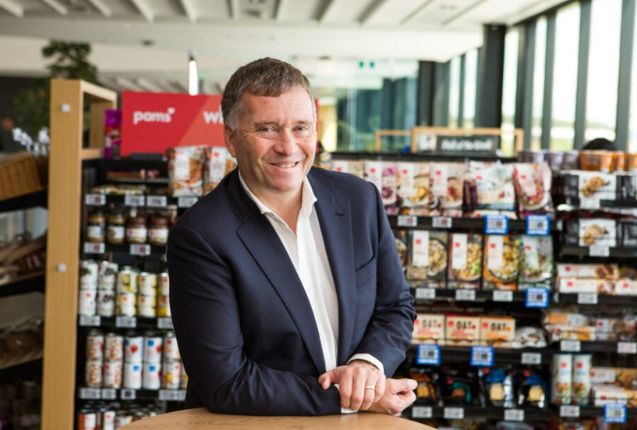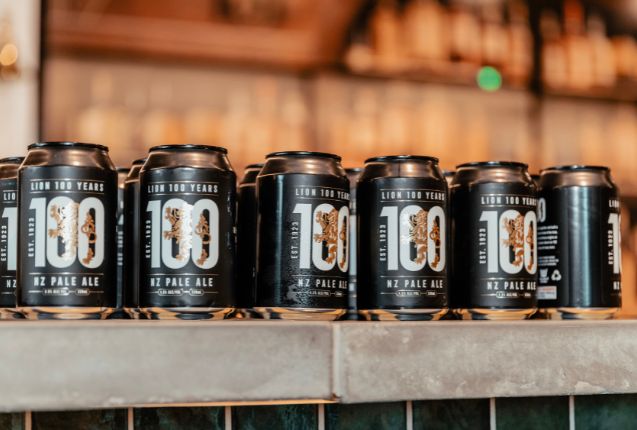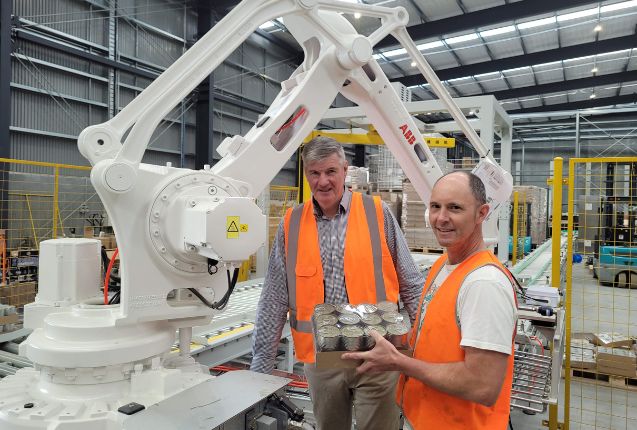The Foodstuffs grocery co-ops have recorded a further slowdown in the rate of food price increases at their stores, in the same categories Stats NZ uses to calculate food price inflation.
Stats NZ has reported that its food price index (FPI) – the official measure of food inflation in New Zealand based on a ‘basket’ of popular food items – was up 2.1%pa in February, year-on-year. That’s the lowest rate since mid-2021, showing how far food inflation has fallen since it hit 12.5% in mid-2023.
Foodstuffs’ data on the same categories as the FPI basket show the co-ops recorded a 2.4%pa average increase in prices at their 500+ stores, compared to a year ago – again, the lowest rate since they started comparing prices with the FPI, in May 2022, 22 months ago.
Chris Quin, Foodstuffs NZ’s Managing Director, says it’s been a challenging few years keeping food prices under control, but both co-ops and all their locally owned stores have been determined to help shoppers get value at the checkout.
“Our grocers have been battling a range of factors that all contributed to the inflation we’ve seen over the past two years,” Quin says. “It started after Covid, was made worse by the Ukraine War, then many of New Zealand’s fresh fruit and vegetable crops got hit by three severe weather events last summer.”
“Thankfully, food price inflation in New Zealand has slowed significantly in recent months, and is lower here than it was in Australia last month, and the UK, where it was almost double our rate.”
Quin says it’s noteworthy that across the country, the price of Foodstuffs’ private label products in its FPI basket – Pams and Value – is in line with a year ago.
“Our private label products include many staple foods New Zealanders use every day. We source the best products from within New Zealand and around the world, so shoppers can keep getting what they need at the right price.”
Supplier cost increases still elevated
While the rate of retail price inflation seems to be reducing, the annual rate at which suppliers are raising the cost of their goods has not been falling at the same pace.
Although it’s the slowest pace since the series began, Foodstuffs’ data shows a 4.9%pa average rise in the ‘list cost’ suppliers charged for goods in the FPI basket categories in February, versus a year ago.
“With supplier costs representing roughly two-thirds of the on-shelf price, the data shows how hard Foodstuffs’ grocers have been working to keep the cost-of-living in check,” says Quin.
Produce dominates biggest price falls
Foodstuffs’ data shows double-digit price falls in February, year-on-year, for 23 items in the FPI basket, on average across the co-ops’ stores. The top ten biggest price decreases were all in the produce department, reflecting the better supply seen this summer – as shown in the table below:
| Item | Feb 2024 prices (YoY) | Item | Feb 2024 prices (YoY) |
| Tomatoes | ↓54% | Courgettes | ↓31% |
| Lettuce | ↓40% | Beans (green round) | ↓30% |
| Broccoli | ↓37% | Onions (brown) | ↓24% |
| Avocadoes (NZ) | ↓32% | Cucumbers (telegraph) | ↓24% |
| Celery | ↓31% | Cauliflower | ↓23% |
Quin says those year-on-year price decreases show what a difference a good summer can have on the price of groceries.
“Our produce experts are reporting significant price drops for kumara and pumpkin, which were impacted by last year’s storms but are now seeing decent volume in store.”
“Looking ahead, new season kiwifruit are starting to come to market this month, and as is always the case, as supply picks up, retail prices will steadily begin to ease.”
Foodstuffs’ prices were also down for Pams butter (↓18%), Pams 1kg cheese (↓14%), Pams peanut butter (↓12%) as well as lamb leg roasts and shoulder chops (both ↓11%).
“Our co-ops and grocers around the country are pleased to see another month of progress to tame food inflation,” says Quin. “Our focus remains on buying well and running our stores and supply chains as efficiently as possible, so we can continue to deliver great value at the checkout.”



